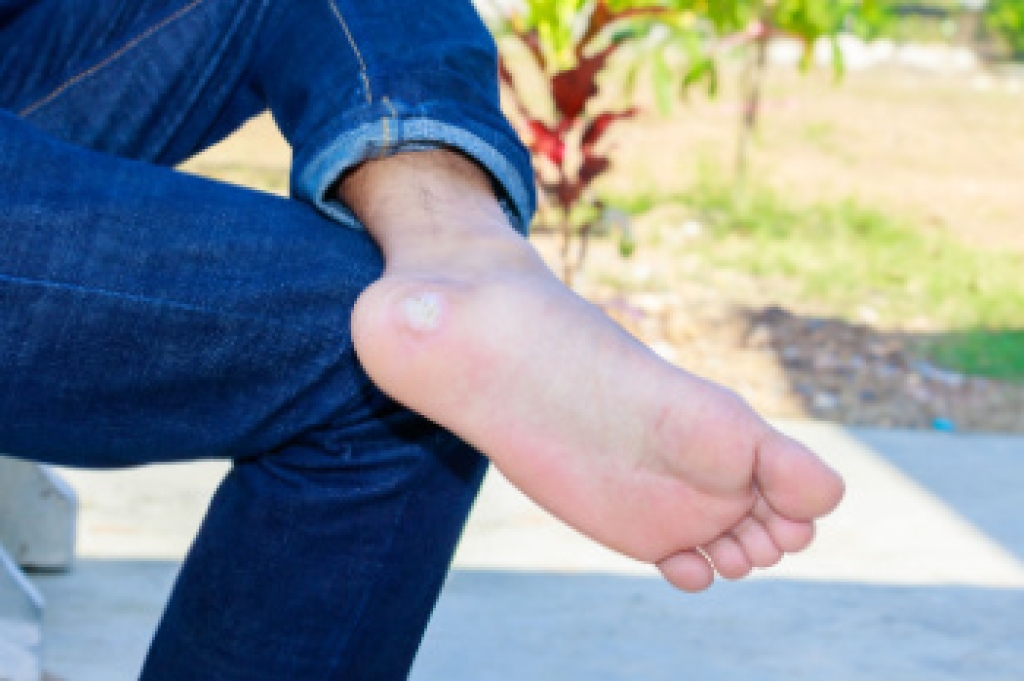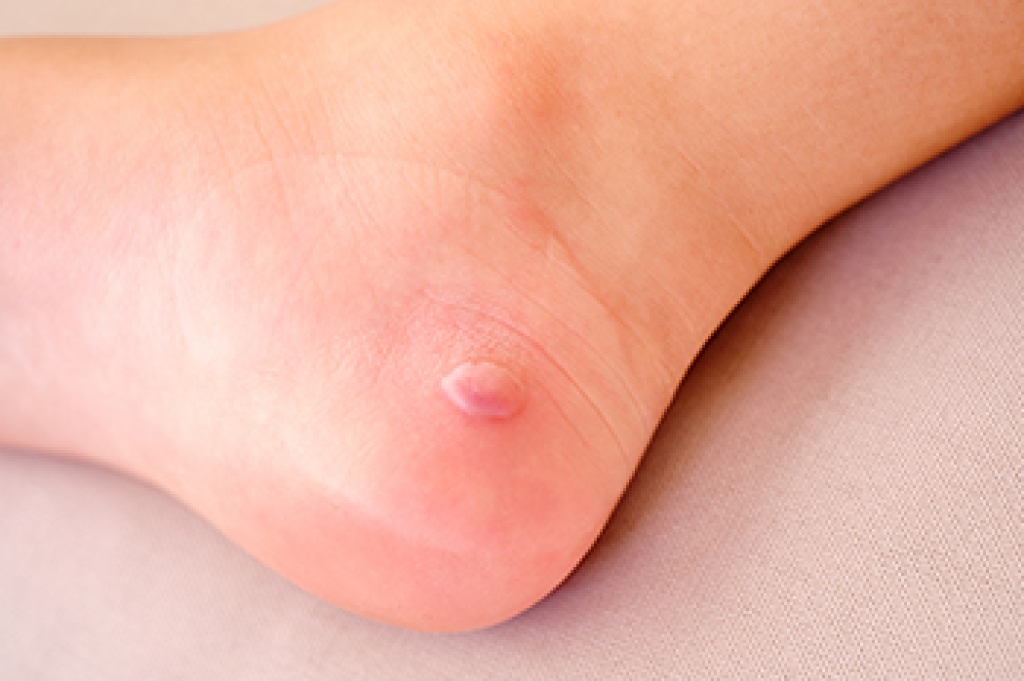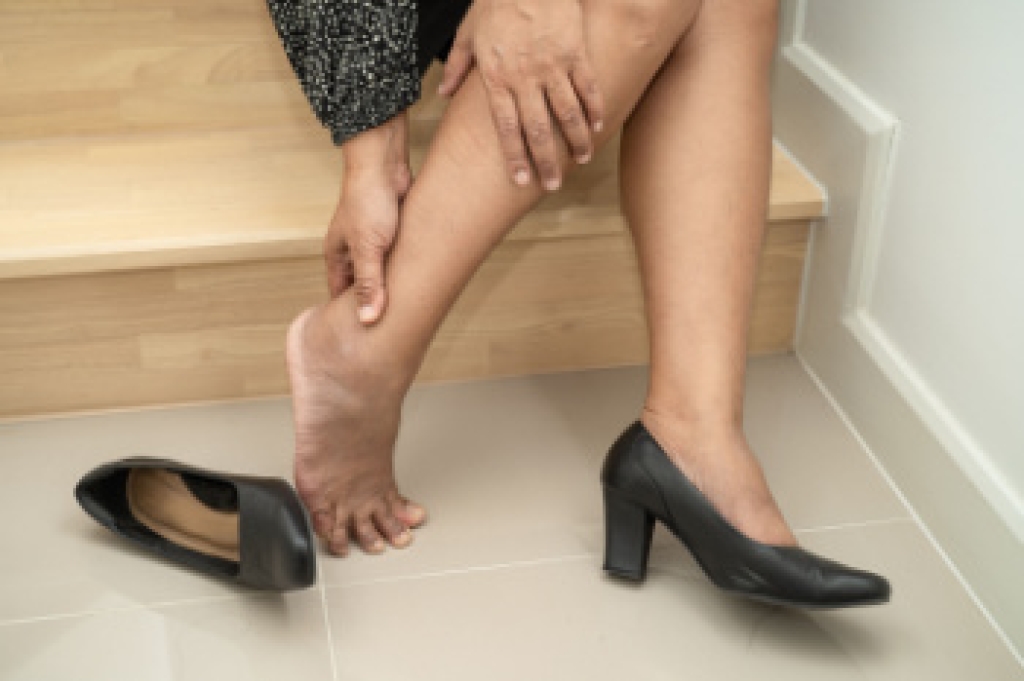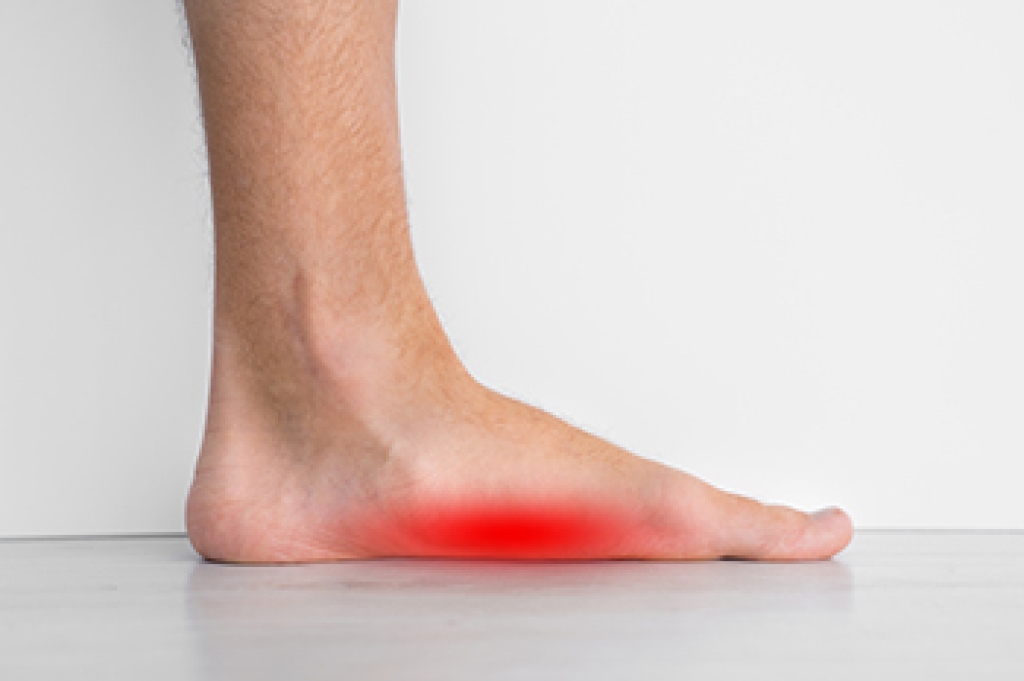
Plantar warts are small growths that appear on the soles of the feet, caused by a virus that enters through tiny cuts or breaks in the skin. They often form in weight-bearing areas, making walking uncomfortable. These warts may look like rough, flat spots with black dots in the center. Over time, they can grow deeper and become painful. It is wise to avoid picking or scratching them, as this can spread the virus. Mild treatments may help in mild cases, but persistent warts often need medical care. A chiropodist may use freezing, topical medication or other minor procedures to remove the wart safely. Keeping feet clean, dry, and protected in public places can help prevent future infections. If you have a foot growth that does not go away or becomes painful, it is suggested that you see a chiropodist for diagnosis and appropriate treatment.
Plantar warts can be uncomfortable or even painful. If you’re suffering from warts on your feet, please consult with one of the specialists from Thornhill Foot Clinic. Our chiropodists can help you maintain the health of your lower limbs and your mobility.
What Does a Plantar Wart Look Like?
Plantar warts are fleshy growths that generally have a rough, grainy texture. They may look and feel like a callus and are usually small and can grow individually or in clusters. Plantar warts may have small, black dots at their center that are actually tiny blood vessels. Warts interrupt the natural lines of your skin.
Treatment Options
- Salicylic acid - A chemical solution applied directly to the wart
- Cryotherapy - Freezing the wart off with liquid nitrogen
- Minor surgery - Removing the wart through excision
- Laser treatment - A concentrated beam of light is used to remove the wart
- Wearing comfortable shoes and socks to avoid irritating the wart
- Over-the-counter medications for pain relief
- Patches to keep pressure off the warts
Plantar warts can go away on their own, but this may take several months to years. If your plantar warts are bothering you, seeking medical treatment is suggested. If you have any questions please feel free to contact our office located in Vaughan, ON .




